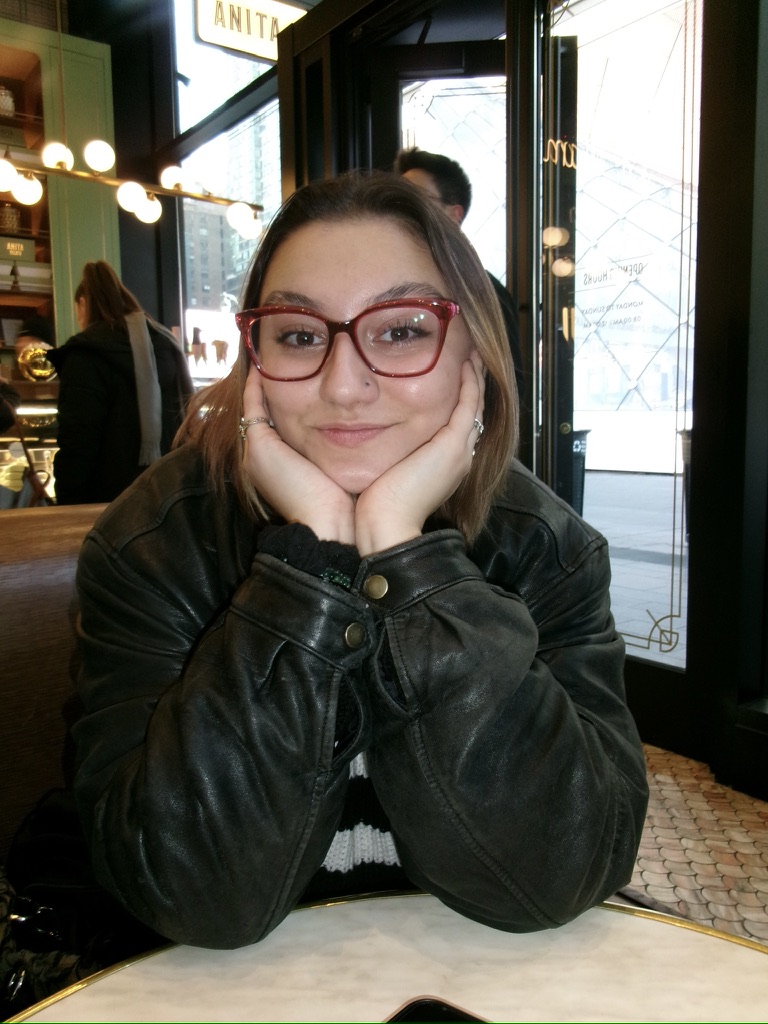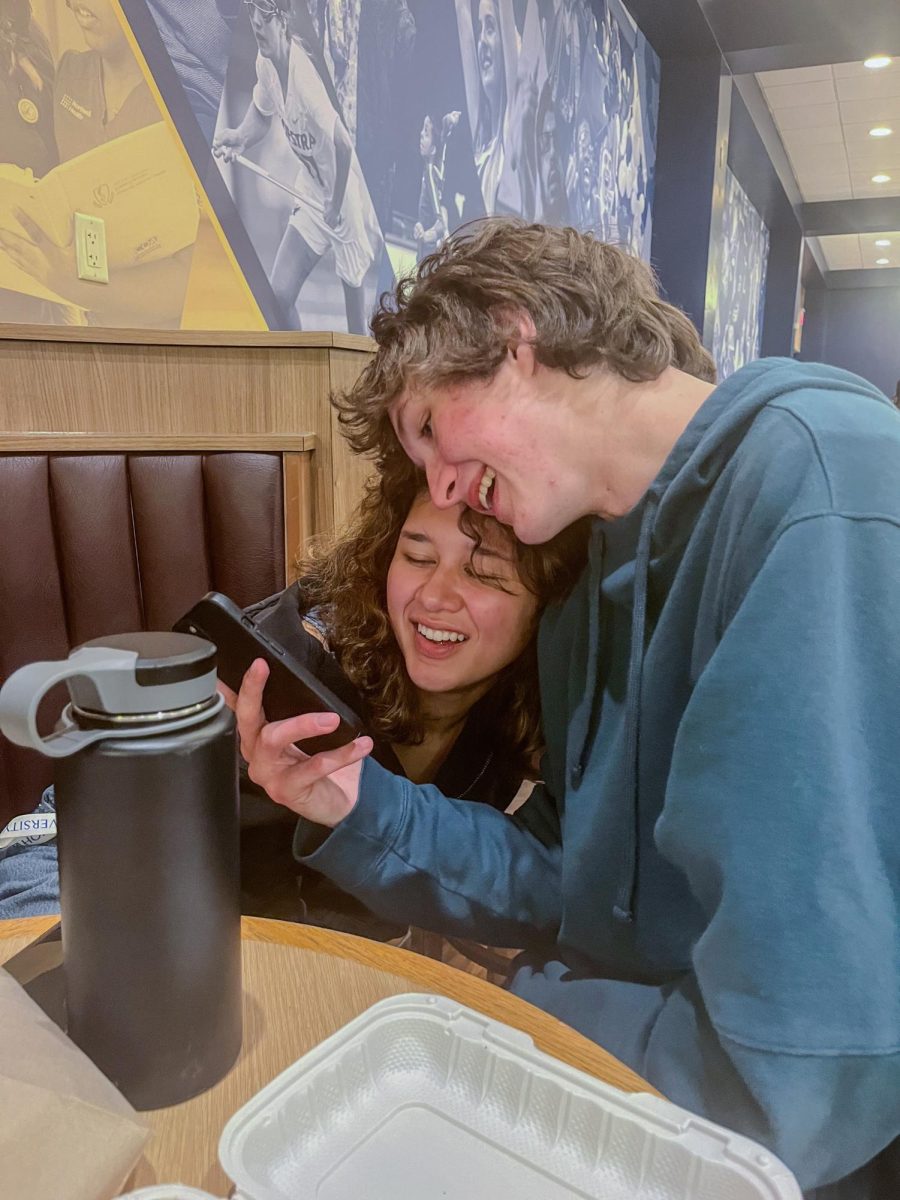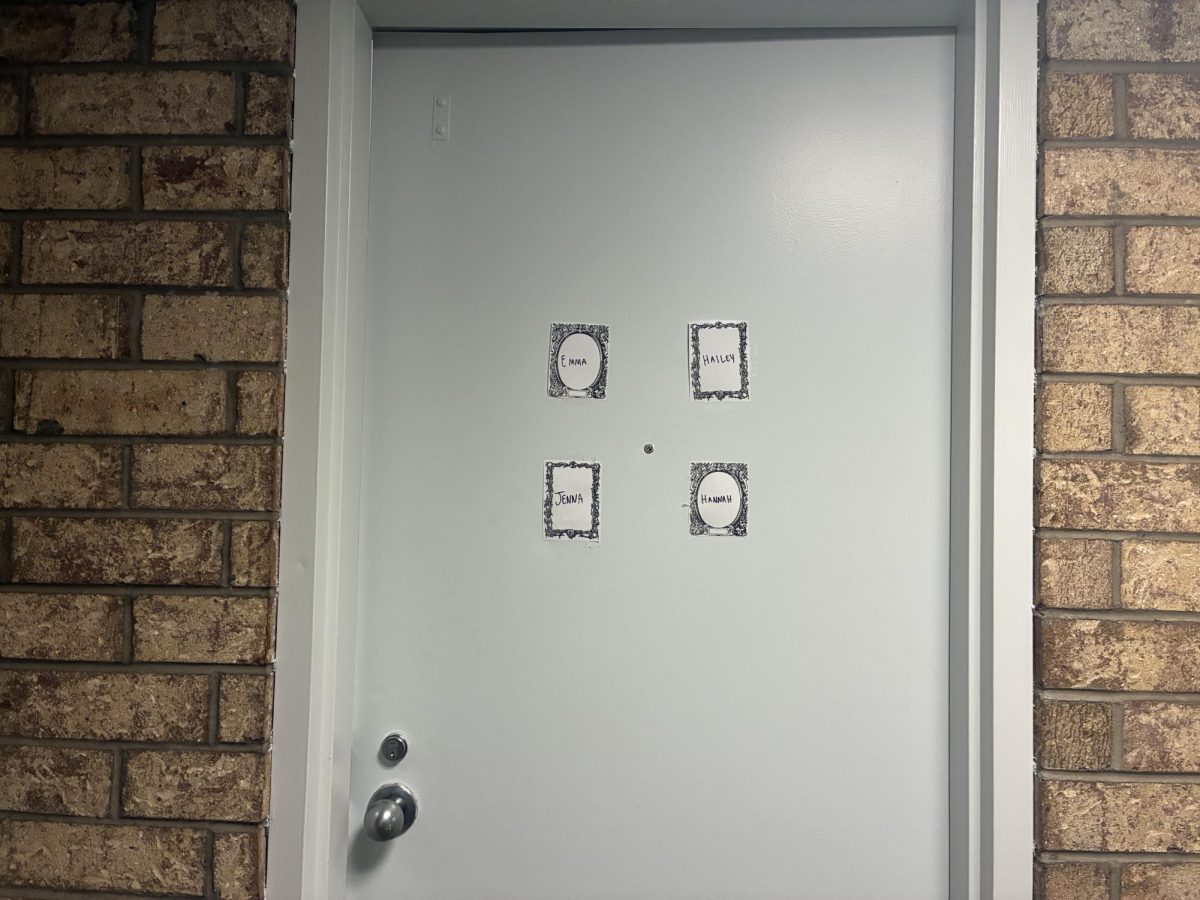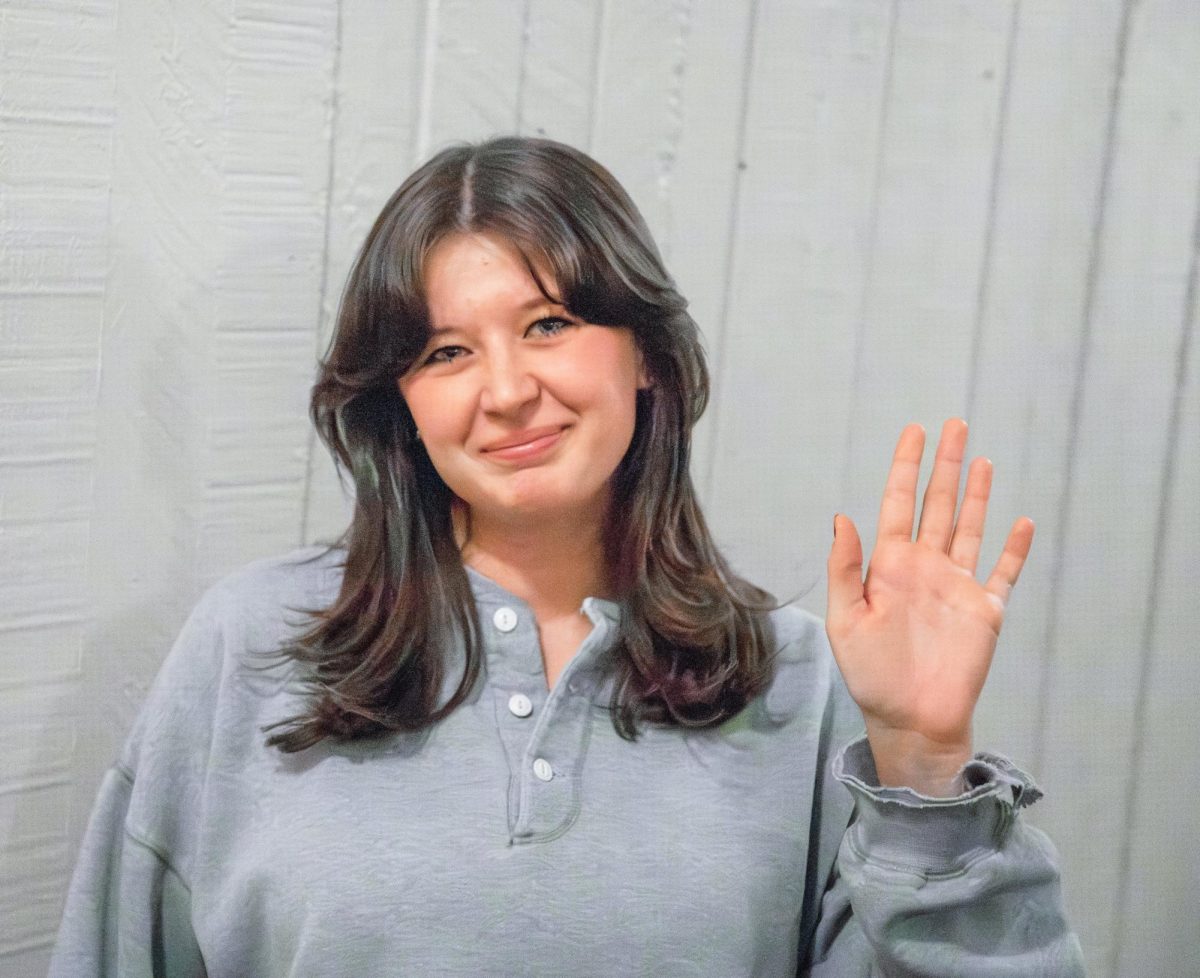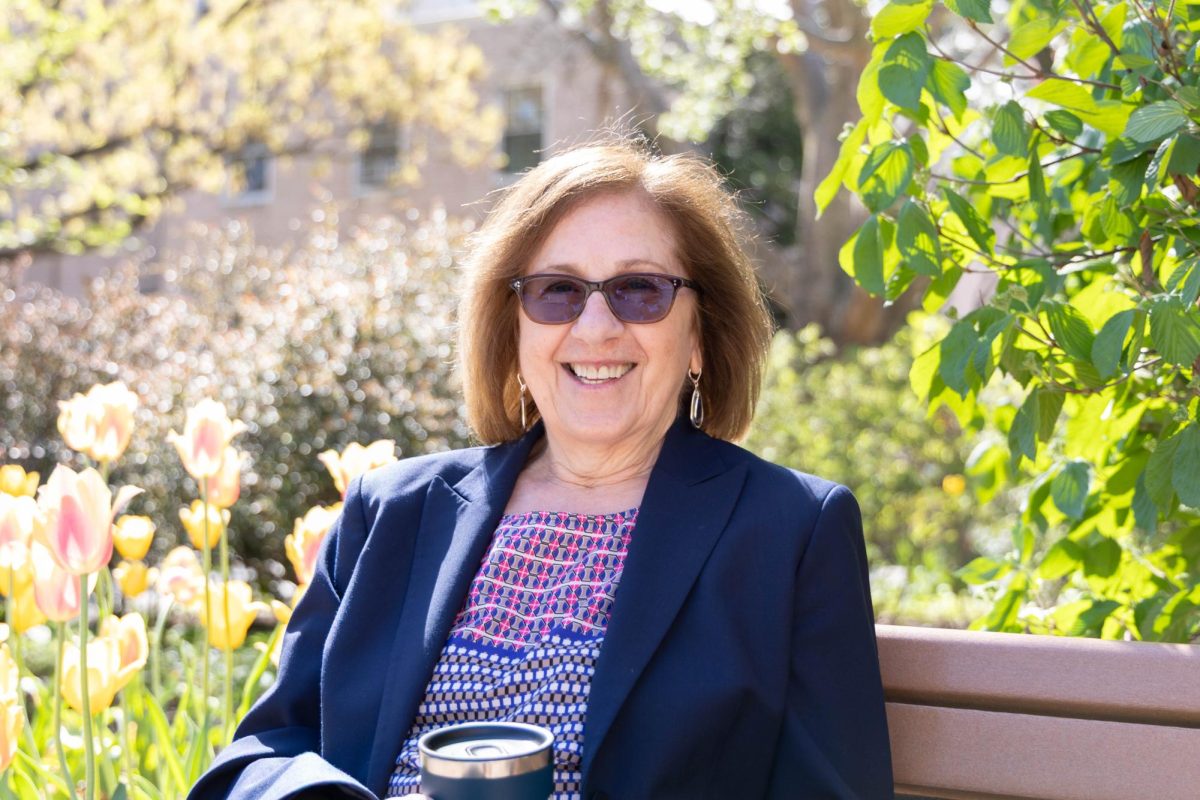Hofstra’s Asian-Pacific Islander Alliance, also known as HAPIA, began over the summer as an idea at The Witches Brew, a coffeehouse down Front Street, about a 10-minute drive from Hofstra’s North campus.
Over a pot of dragon moon tea and a cup of golden milk, Manni Doan, the now-president of HAPIA and a junior mathematical business economics major, and I talked about the possibility of a Pan-Asian club on campus.
She jumped at the idea, and in the interim months that passed, HAPIA became a reality.
Now approved by the Office of Student Leadership and Engagement with a functioning e-board and pending recognition from the Student Government Association, the club has tentatively begun holding meetings.
In the previous two meetings, Filipino History Month and the implications of Netflix’s hit romantic comedy “To All the Boys I’ve Loved Before” were discussed, the latter discussion based on an article published by Plan A Magazine, an Asian-American outlet for critical discourse and analysis.
Through my first two years at Hofstra, I never walked into a classroom or club space where the majority of students present were Asian and/or Pacific Islander (API).
Doan discovered the same thing when she came here from Alabama a year and a half ago as a freshman. Both of us had come from predominantly Asian – specifically Vietnamese – communities and missed this experience of cultural familiarity that was markedly absent on Hofstra’s campus.
Even though there are clubs like South Asian Student Association (SASA), that do amazing work promoting diversity and inclusion, there wasn’t a club dedicated to being explicitly Pan-Asian and dedicated to welcoming and representing the Pan-Asian community on campus.
It was in this absence that HAPIA formed as a space for Asian-Pacific Islanders to do whatever they saw fit.
As a club, HAPIA exists to promote diversity on campus, but it also exists as a haven for cultural expression, whether that be through food, movies or shared experiences from home and/or family. Although meetings have a specific topic, they often trail into other tangents on shared experiences that become foundations for future meeting topics.
As a space for Asian-Pacific Islanders, HAPIA encourages participation in campus life and represents the voices of a campus community often left unheard, despite the significant presence of this demographic in relation to the rest of the Hofstra student body.
Nearly 10 percent of students enrolled at Hofstra identify as API in Hofstra’s own reported racial demographics.
Asian-American organizations in the past, such as the Asian Student Organization of the ‘80s or the Chinese Student Union of the ‘60s, however, have come and gone – brief blips in the representative history of an increasingly diverse campus.
HAPIA hopes to change that. As more and more Asian and Pacific Islander students come to campus from all parts of the world, the need for a mutually supportive, active and sustainable community that doesn’t fade away increases concomitantly. Indeed, from 2004 to 2014, percentages of student bodies self-declaring as Asian and Pacific Islander increased from 4.18 to 8.9 percent and 0 percent to 1 percent, respectively.
While Hofstra remains a predominantly white institution, the percentage of API students enrolling increases every year in a trend that doesn’t seem to be waning anytime soon. HAPIA exists to welcome, sustain and nourish this community.
In the upcoming months, HAPIA plans to hold events like “Dumplings and Dialogue: Crazy Rich Asians” and fundraisers with bubble tea that will help in planning events for the spring semester like Lunar New Years and API Heritage Month. Until then, HAPIA holds weekly meetings and discusses different topics at each one. Interested members can find the club on Instagram @hapiameal.

